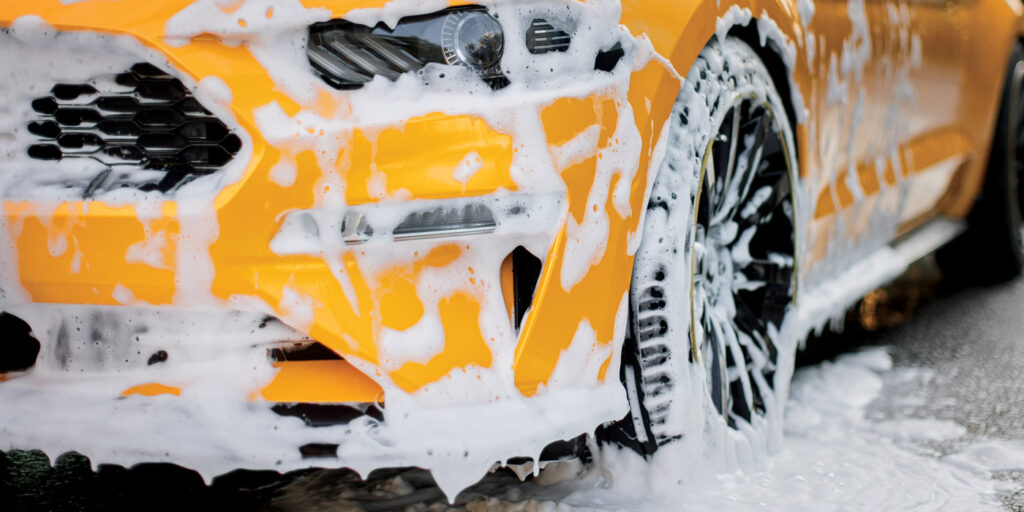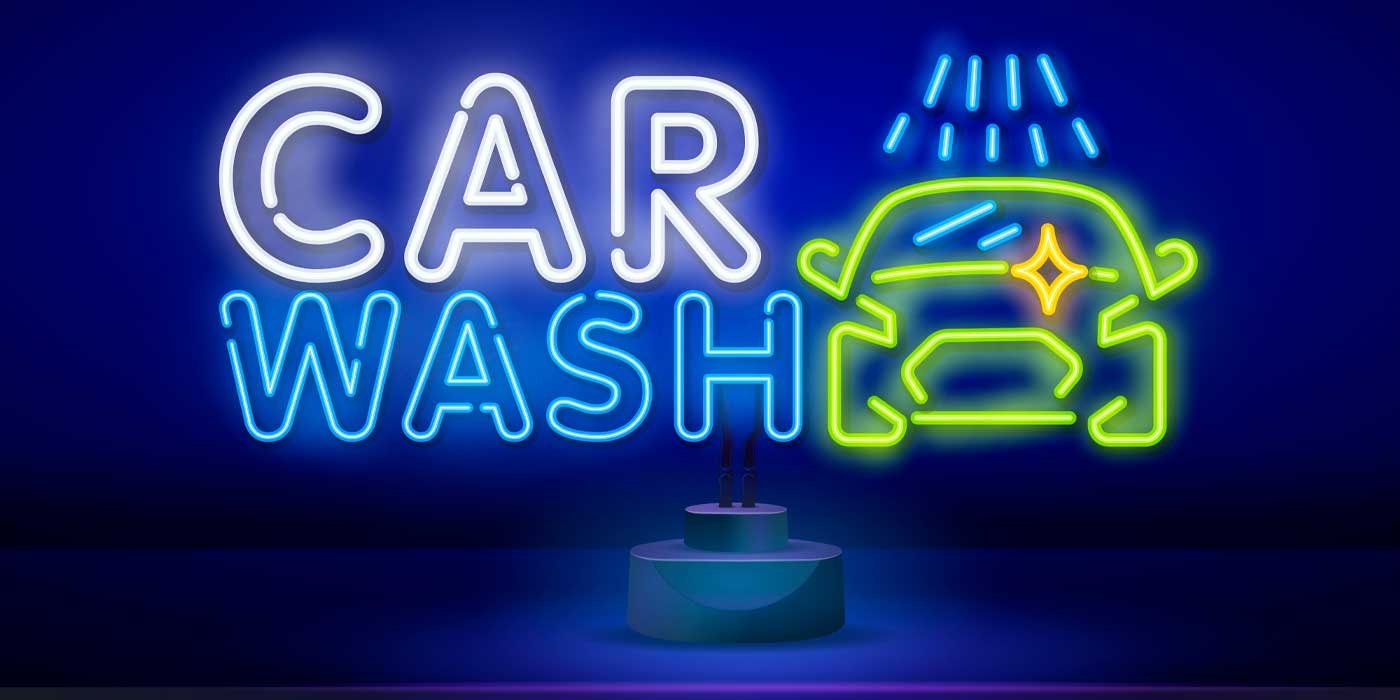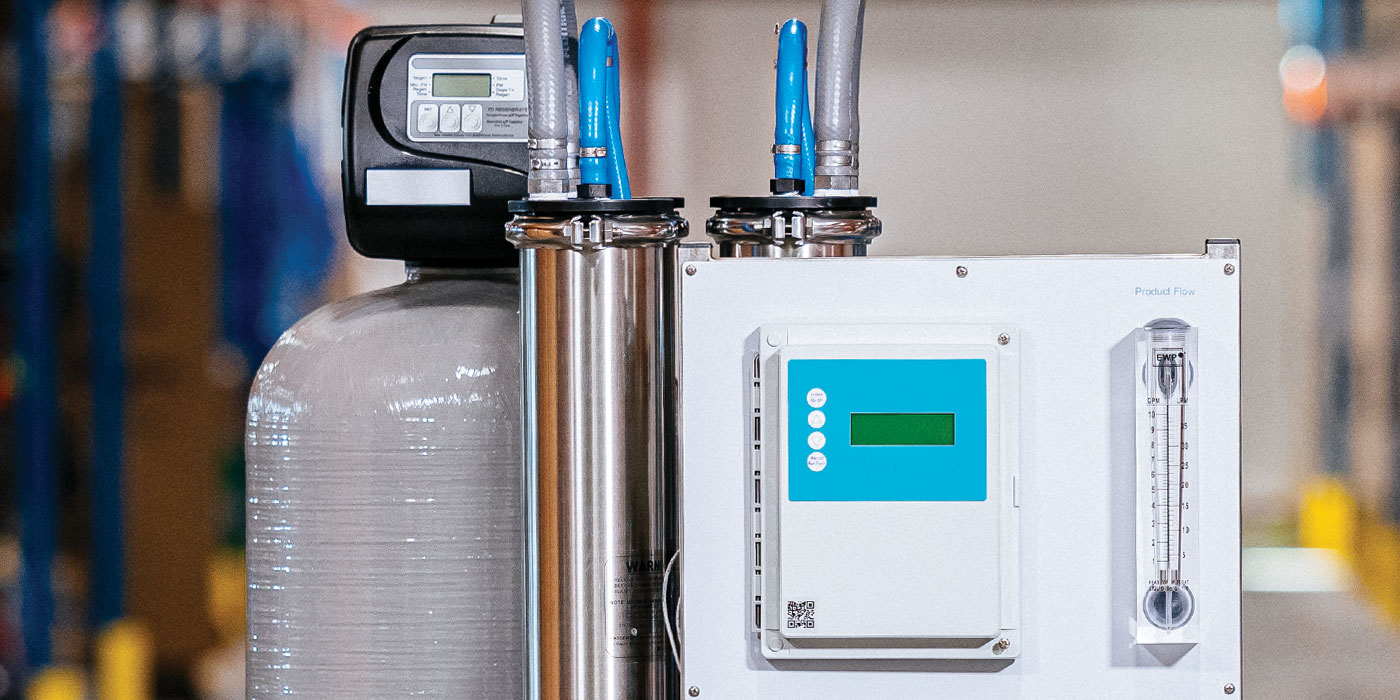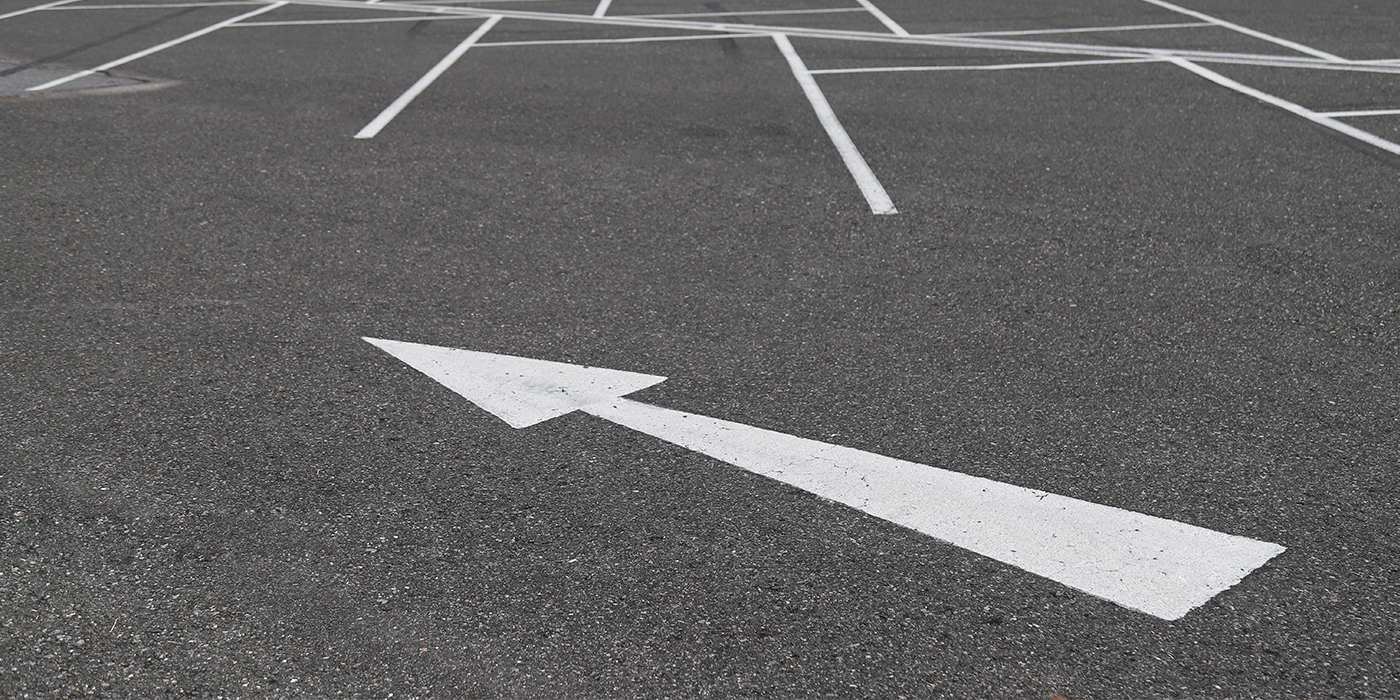Picture this: The weather has been sunny and warm over the past week and you are almost ready to open the wash. Wash numbers have been great lately and another good wash day is expected. You run a “ghost” wash to check that everything is operating correctly and … wow, what is that horrible stench?
Once the water in your trench and pits is disturbed, it releases a “rotten eggs” smell. That odor (hydrogen sulfide gas) alerts you that all is not well with this invisible part of your wash and that steps need to be taken to prevent this odor from reoccurring.
Let’s explore the causes of this odor and possible steps that can be taken to eliminate it and make your mornings more pleasant.
Why is this happening?
The water in your trench and carwash pits is a chemical soup that contains particulate soil (dirt), oil and grease, detergents, and other organic matter. This is a perfect breeding ground for oxygen-loving aerobic bacteria and oxygen-hating anaerobic bacteria. Aerobic bacteria thrive in oxygen rich waters and digest the foreign matter in the water completely, leaving behind only CO2 and water.
Anaerobic bacteria thrive in oxygen-depleted water. They consume the same foreign matter as the aerobic bacteria, but they release the sulfurous odor due to their incomplete breakdown of the waste.
During the busy wash day, water flowing into your trench and pits has been exposed to and enriched by oxygen in the atmosphere. After closing, the aerobic bacteria quickly use up the oxygen in the water that remains, then anaerobic bacteria begin their dirty work by partially digesting the contents of the trench and pit water, releasing hydrogen sulfide (HS) gas and other gases into the trench and pits. This goes on until the digestible matter is gone or the cycle begins again in the morning when the water is once again disturbed, releasing the terrible HS gas odor.
What can be done?
This back and forth bacteria war will continue until something changes. The change can be simply pouring bleach into the water as a quick and short-term method of destroying the bacteria. Unfortunately, bleach kills both beneficial aerobic and odor-producing anaerobic bacteria, creating an even higher level of organics in the water and a breeding ground for even more severe odor problems going forward.
Enzymes aid in the breakdown of the organic matter in the pit, but they may require many hours to complete their work. Enzymes require proper aeration to ensure their success. Lack of sufficient aeration may inhibit the enzyme’s function and may contribute to their failure, creating a higher level of organic matter in the pits.
Installing an aerator into the pit(s) introduces some movement and oxygen into the water, but it alone may not eliminate the bad odors emanating from the pit. The addition of an odor control additive to the pit along with aeration is another tested method of odor elimination — a two-pronged attack that has been shown to be effective.
Odor control additives are not perfumes. They are specially designed to modify the smelly gases coming from the pits not to cover them up with a heavy dose of fragrance. They may contain compounds that change the molecular makeup of the objectionable gas or chemicals that envelop and trap the gas. Both approaches have been shown to be effective and are used by many carwash operators in their odor control programs.
Ozone (O3) is used in a number of water reclaim systems as a cost-effective odor control agent. O3 is an oxygen molecule with an extra unstable atom of oxygen, which attacks organic compounds, leaving behind oxygen (O2). Although ozone has proven effective against odors, it can deteriorate some gaskets, hoses and rubber-like compounds. PVC exhibits good resistance to damage by ozone while CPVC exhibits excellent resistance to attack by ozone. Regular inspection of these components of your reclaim system is a sound practice.
If your wash is equipped with a water reclaim system, the level of odor should not be noticeable. If your reclaim system is not controlling pit odors, a call for service would be in order.
Oh, sludge.
Carwash pits are designed to allow the particulates in the wash water to settle out and fall to the bottom of the pit. The remaining water can then be sent to the sewer system or your water reclaim system for reuse. The sludge left at the bottom of the pit must periodically be removed and disposed of to prevent excessive buildup that may interfere with the system’s operation. The question is, what do you do with the sludge?
In days gone by, some operators disposed of the wet sludge by placing it in their dumpsters. Other operators used the dried sludge in their vegetable garden and landscaping. With the potential for uptake of heavy metals and potentially hazardous contaminants, a vegetable garden would be the worst possible place to use dried sludge.
Environmental concerns
With the advent of strict environmental rules now in place, these are no longer acceptable ways to get rid of the sludge. Many states and municipalities have rules for sludge disposal that require testing for hazardous substances and require special handling if the wet sludge is transported off-site. Along with plain old dirt, your sludge could contain various heavy metals, petroleum products and other materials that may be considered hazardous. Some states and municipalities do allow for dried sludge to be disposed of as general refuse if your waste hauling vendor and landfill will accept it.
If your operation generates small volumes of sludge, you may be able to allow it to dry on-site, but you must be certain to comply with all regulations for disposition of the dried sludge.
PFAS (perfluorooctanoic acid (PFOA) and perfluoro-octanesulfonate (PFOS)) are chemicals that are of great concern to environmental regulators. These are considered to be “forever” chemicals because they do not break down.
The EPA contends that exposure to PFOA and PFOS increases the risk of cancer, harms the development of the fetus and reduces the effectiveness of vaccines, among other negative consequences.1 Studies by the federal Centers for Disease Control and Prevention (CDC) show that the blood of nearly all Americans is contaminated with PFAS.2
Many regulatory agencies are taking a very close look at any sources of these chemicals and your sludge may well be contaminated with PFAS. The EPA, in its document entitled, “What are PFAS, and what are issues with them?,” lists carwashes as a source of PFAS along with such unrelated industries as metal plating, plastic and textile coating, and chemical and plastics manufacturing industries.3 How carwashes became targets as a source of PFAS is unclear.
Many carwash operators find that the best and easiest method to remove sludge is to use the services of a professional licensed carwash pit cleaning and waste removal service. These companies, along with cleaning the pit and removing the sludge, also provide you with a proper manifest for transportation of the sludge in keeping with your state and local regulations.
Regulators are always on the lookout for offending businesses and carwashes are easily identified by nature of their prominent locations. Additionally, regulators generally do not call ahead or alert you to retain evidence that your business is following these regulations. If you are not prepared to keep up with these regulations, a licensed waste hauler may be your best alternative.
Carwash operators, large or small, urban or rural, are subject to numerous federal, state and local regulations. In addition, they are also stewards of the environment and share in the responsibility for the quality of our water and air, all the while providing their customers with clean, dry and shiny cars. It is always good practice to understand the regulations that you operate under and to comply with them to the best of your ability.
Sources:
1 https://www.epa.gov/sdwa/questions-and-answers-drinking-water-health-advisories-pfoa-pfos-genx-chemicals-and-pfbs
2 https://www.ewg.org/research/national-pfas-testing
3 https://frtr.gov/pdf/meetings/nov18/presentations/gaines-presentation.pdf
Dan Kramer is the technical director of Stone Soap Co. Inc. and has been with the company for over 30 years. His responsibilities include new product development, ongoing product testing and technical support for the company’s customers. His technical expertise is augmented by years of experience in the field.














